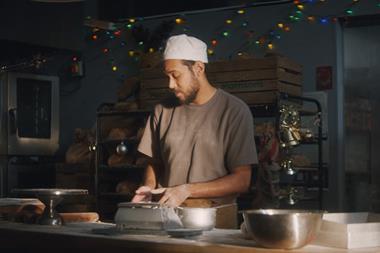We all heard the sigh of relief this morning. The ONS figures seem to indicate a modest uptick in sales volumes for May as food in particular spearheaded a sales rise.
We all heard the sigh of relief this morning. The ONS figures seem to indicate a modest uptick in sales volumes for May, with particularly good news in the food sector, where sales are up 3.5% month on month, the strongest rise in two years.
The debate around whether these rises are driven by heavy margin eroding discounting, or external effects continues to rage but retailers are only too happy to grasp the occasional straw of optimism these days wherever they can find it.
However, notwithstanding the occasional ray of sunshine, retail boardrooms know that the storm clouds continue to gather out there.
Our large grocers are all wondering where their growth will come from over the next five years. Continuing pressure on consumer spending; declining margins; the surging growth in online spending and patchy performance overseas – these downward pressures continue to take their toll.
New store growth in the UK has now reached saturation point, and the “race for space” has all but fizzled out. Indeed just this week, new data showed that the pipeline of planned new supermarket branch openings has slowed for the first time since the financial crash in 2007.
So where next for the big grocers and general merchandise players?
Online growth shows us that consumers are now just as happy to sit in their kitchen and do their shopping online, or pop down to the local convenience store for that pint of milk, rather than get in the car and drive to the out of town shopping centres. A 54% increase in petrol prices since 2009 makes this choice even easier.
The key challenge for large retailers is how to persuade customers to keep visiting their stores, and spend money when they get there, when all the other options seem so much more convenient.
So the killer questions are how do we strengthen the bonds between the customer and the brand to build loyalty? How do we make the store environment more attractive so that customers want to spend time there?
We are seeing some large retailers changing the format of their bigger stores to include areas such as upmarket cafes and health & wellbeing centres to create lifestyle environments rather than boring old “up and down the aisle then checkout” supermarkets.
But these are still the early steps. If large format store are to remain relevant to 21st century consumers, our major retailers still have a long way to go.
Dan Murphy is a managing director at consultancy Alvarez & Marsal


























No comments yet